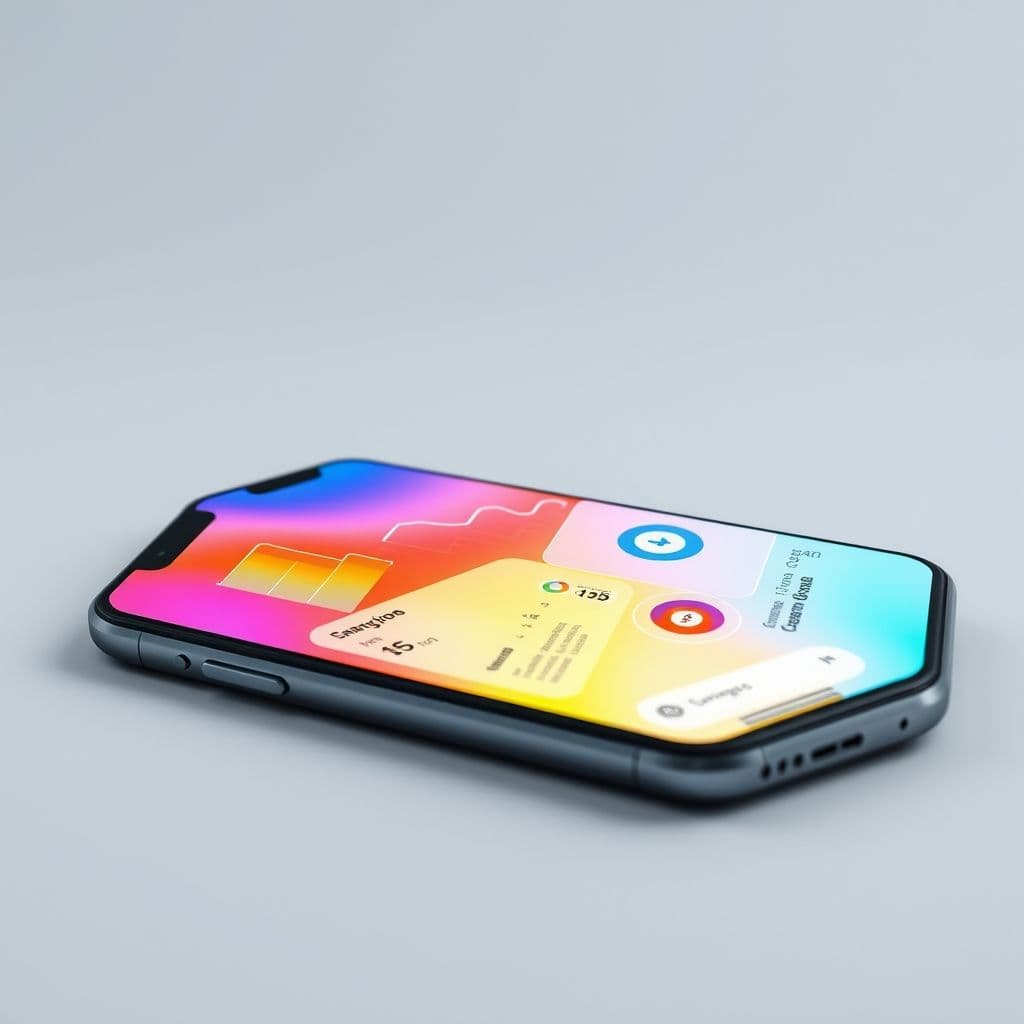Breaking the Paycheck-to-Paycheck Cycle: A Budgeting Solution for Low-Income Earners

Living paycheck to paycheck is a reality for many, especially those on lower incomes. With rising inflation and stagnant wages, managing finances can feel like an uphill battle. But what if there was a tool designed specifically to help low-income earners track expenses, budget effectively, and build savings? Let’s explore a hypothetical SaaS solution that could make financial freedom more attainable.
The Problem: Budgeting and Saving on a Low Income
For many, the struggle to break the paycheck-to-paycheck cycle is real. Comments from the TikTok video highlight common pain points: 'How can you do that in a country that's in a constant state of inflation?' or 'I know I need to increase my income but it feels so daunting.' Others mention the difficulty of tracking variable expenses or the shock of realizing how much they spend on non-essentials like takeout. The core issue? Traditional budgeting tools aren’t always designed for low-income earners facing unique financial pressures.

Idea of SaaS: A Financial Lifeline for Low-Income Earners
Imagine a financial management SaaS tailored specifically for low-income individuals. This tool would combine expense tracking, budgeting, and personalized savings advice into one intuitive platform. Unlike generic apps, it would account for the realities of living on a tight budget—like fluctuating expenses due to inflation or irregular income streams. Key features could include: automated expense categorization, real-time spending alerts, and adaptive budgeting that adjusts based on income changes.
The app could also integrate with high-yield savings accounts, helping users build emergency funds—even if they can only spare $10 a month. Gamification elements, like progress trackers and milestone rewards, could motivate users to stick with their financial goals. Most importantly, the tool would offer actionable advice, such as identifying 'invisible' expenses (like unused subscriptions) and suggesting realistic cuts.

Potential Use Cases
1. The Gig Worker: Someone with irregular income could use the app to predict lean months and adjust spending accordingly. 2. The Inflation-Strapped Family: A tool that recalculates budget allocations based on rising grocery or utility costs. 3. The Takeout Addict: Real-time alerts when food delivery spending exceeds a set limit. 4. The Savings Newbie: Guided steps to build an emergency fund, starting with small, manageable contributions.
Conclusion
Breaking the paycheck-to-paycheck cycle isn’t easy, especially on a low income. But a dedicated financial management SaaS could provide the structure, motivation, and personalized guidance needed to make it happen. While this idea is still hypothetical, it addresses real pain points voiced by countless individuals struggling to take control of their finances.
Frequently Asked Questions
- How would this SaaS differ from existing budgeting apps?
- Unlike generic apps, this tool would prioritize features for low-income users, like adaptive budgets for irregular income, inflation-adjusted spending categories, and micro-savings options. It would also focus on reducing financial stress through simplified interfaces and actionable advice.
- Could this tool work in countries with high inflation?
- Yes, a key feature would be dynamic budget adjustments based on local inflation rates or currency fluctuations, helping users stay on track even in volatile economies.
- What’s the first step to building this SaaS?
- Hypothetically, development would start with user research to identify the most pressing pain points, followed by a lean MVP focusing on core features like expense tracking and adaptive budgeting.


